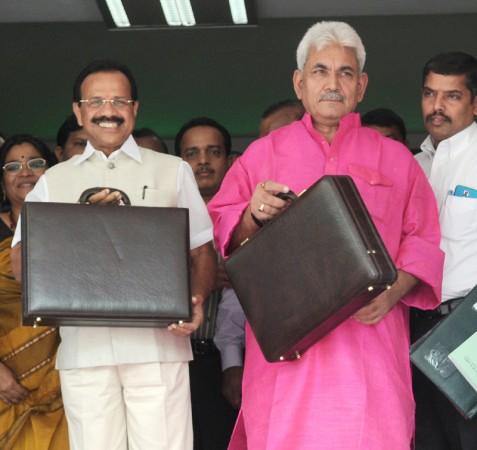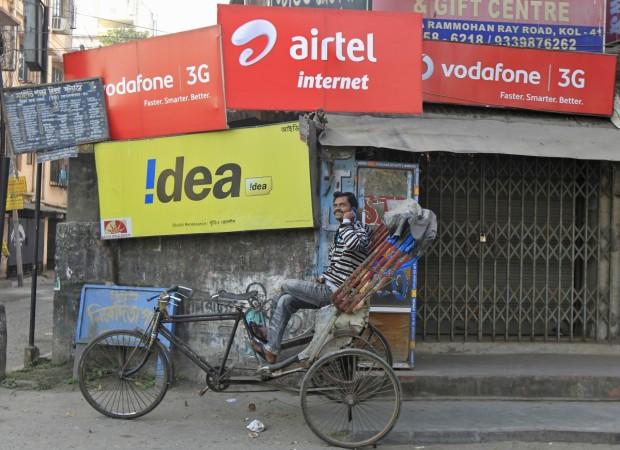
The new Telecom Policy of India, expected in March 2018 will set an ambitious target of providing affordable internet access to almost 1.3 billion people and push domestic manufacturing to cut down on imports.
"Internet to all will be the basic principle and to give a boost to telecom manufacturing would be a key factor of the new telecom policy," said Communication Minister Manoj Sinha to Economic Times.
The government last year decided to introduce a new telecom policy to facilitate growth of the sector and meet the requirements of next generation technologies.
According to the reports, the Department of Telecommunication (DoT) has already started the work on the new telecom policy this year. Minister Sinha also said that the policy will be finalised by March 2018.
Last month, a research firm KPMG said that mobile Internet users in India is expected to surge and cross the 300 million mark by 2017 from about 159 million users at present.
Though India has low Internet penetration compared to other developed nations, the country still has the third largest Internet user base in the world with more than 300 million users of which 50 percent are only mobile Internet users.
Reports also suggest that the number of internet users in India will rise to 730 million by 2020, as against its 350 million users at the end of 2015. By the end of this decade India would also surpass the number of internet users in the US.
The new telecom policy once implemented would boost the number of mobile internet users and with cheaper facility it will also penetrate the rural India.
According to the telecom minister the new policy is forward looking and current challenges of new technologies like the Internet of Things (IoT) and artificial intelligence (AI) will also be taken care of.

Analysts forecast that high-speed data services with cross-industry IoT applications and AI-driven services could open up close to 20 percent of additional revenue opportunity for the industry.
The players in the telecom industry are working on the call drop challenges and to improve the service quality.
Once the new telecom policy is implemented, it is likely to remove the distinction between local and STD calls too. It is also expected to ensure faster and cheaper availability of internet service. The service providers will no longer be needed to take separate licenses for operations in different parts of the country. A single licence would be enough.








